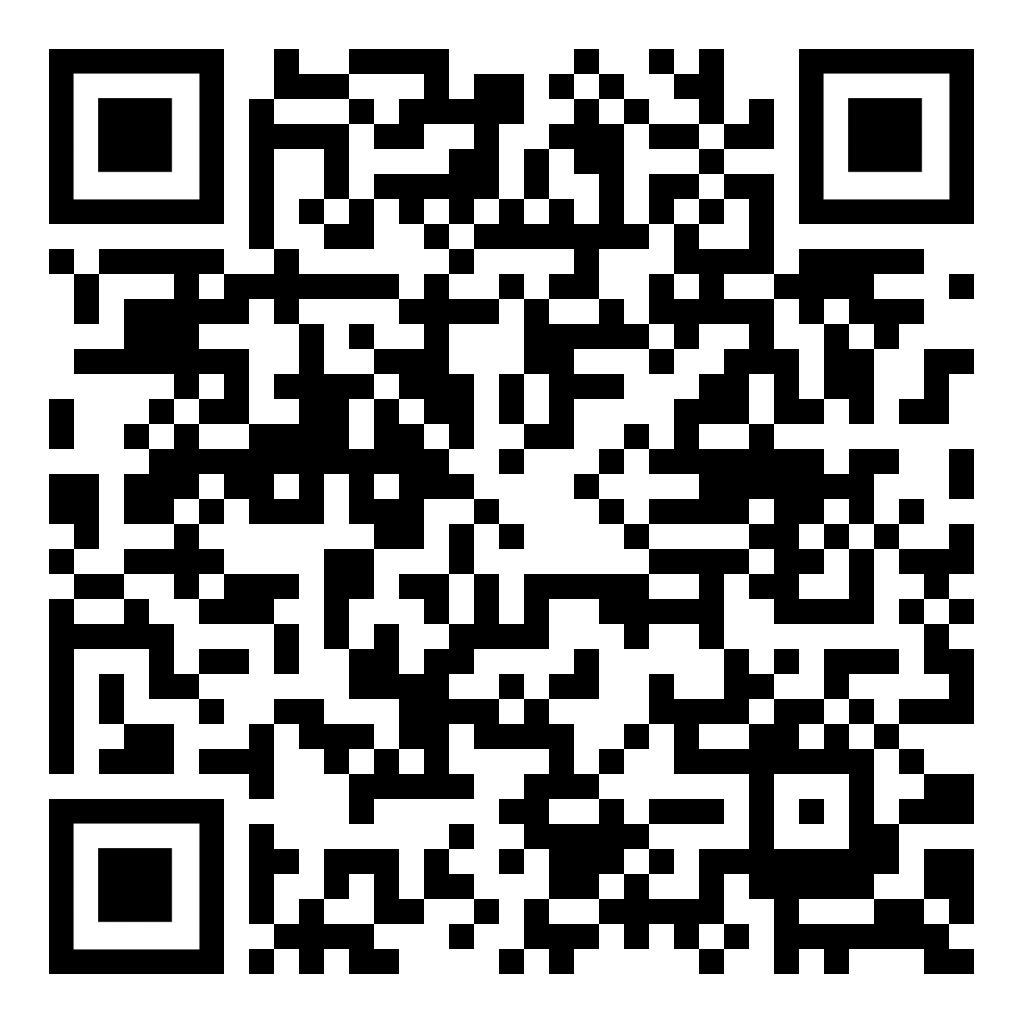Homonym Examples: Uncover how context easily clarifies their meaning
A clear & concise guide to understanding the tricky words of English vocabulary using homonyms examples.
A clear & concise guide to understanding the tricky words of English vocabulary using homonyms examples.
Table of Content
English is a subject that loves to confuse people. A park can be both a piece of land where children and adults spend quality time and a space where cars comes to rest. A bat means both "a flying mammal" and a wooden club to play baseball. These are some of the words that can confuse you. Also known as homonyms, words with the same spelling or pronunciation but with different meanings. These words make writing more fun or rhythmic. In this article, you will understand tricky words with homonyms examples.
If you want to sharpen your English vocabulary, learning about these words can help.
To define homonyms, it is "a word of same spelling or pronunciation or both that can have varied meanings." English, as previously discussed, confuses people. With homonym examples, you will clear your confusion. Using these words, you can also create tongue twisters. Once the same words were used for different meanings, now for tongue twisters? Homonym meaning is as confusing as the words. Just like these words, there are also three terms-Homonyms, Homophones, and Homographs-often misinterpreted as the same.
Same sound, different meaning; same spelling, different sound. Aren't homonyms, homophones, and homographs the ultimate wordplay? They all seem similar but have different meanings. Actually, homophones and homographs are part of homonyms. Here is a detailed explanation:
As explained, homonym meaning is words that have the same spelling or pronunciation and can have different meanings.
Homophones meaning words that have different meanings but have the same pronunciation.
Homographs are words that have the same meaning but different spellings.
Differences:
For your reference, given below are a few differences between homonyms, homophones and homographs.
|
S.no. |
Homonyms |
Homophones |
Homographs |
|
1. |
Homonyms are broad category of words that have similar sounds or pronounced but different meaning. |
Homophones are words that sound same when pronounced, but have different meanings and spellings |
Homographs are words that having same spelling but have different meanings. |
|
2. |
Is broader category under which homophones, homographs is present. |
Is a part of homonyms and created to lessen the force on homonyms. |
Created as different types of homonyms developed. |
|
3. |
Need on reliance on context to understand the meaning. |
Confusion can be clarified by checking the spelling. |
Context is vital and can be understood if words used in ore sentences. |
|
4. |
A word can be homonyms only if it is both homophone and a homograph. |
Pair of homophones can become homograph if both are spelled the same. |
A pair of homograph can act as homophones if both are same sounding. |
Sometimes, while communicating with people, you can find it difficult to make them understand what you mean. And it increases if you are using homonyms words. Even native English speakers find it hard to understand the words. Given below are some homonyms examples with sentences that can cause confusion to the readers.
|
S. no. |
Sentence |
Misunderstanding |
Correct Meaning |
|
1. |
Visiting relatives can be exhausting. |
Are relative visiting you or what? |
You are travelling to your relative who lives far |
|
2. |
“Reading a book on gravity is so good that I can't put it down” |
The book is quite heavy to even place on the ground. |
The book is intriguing making the reader continue reading. |
|
3. |
He shouted “I don't like bats” that live around here. |
It is not clear what bat the person is talking about. |
Since he also said “living here”, he meant mammals that fly. |
|
4. |
“We saw her duck” John said. |
It is not clear what duck john is talking about. |
Since John saw her duck he means that she quickly lowered her head. |
|
5. |
While leaving Mary said Thomas “We'll get in touch soon” |
We'll get in touch soon can mean after some time for sure. |
This sentence mean they may meet or they may never meet. |

Get an Extra 5% OFF On Your Order in Our App

Scan the QR code with your mobile to unlock an exclusive offer!
Download App Now Scan me
Scan meBelow is a list of homonyms being used in daily conversations. By reading this homonyms examples list, you will find some clarity on how you can use sentences to convey the meaning of these tricky words. :
|
s. no. |
Word |
1st meaning with sentence |
2nd meaning with sentence |
|
1. |
Fly |
A fly has entered the house. |
Eagles can fly high in the sky. |
|
2. |
Park |
Children love to go the park. |
The old lady needs space to park her car. |
|
3. |
Watch |
Before leaving for a baseball game father left the child in neighbor's house for him to watch. |
A luxury watch is an asset for the wealthy. |
|
4. |
Ring |
“The phone started to ring” said Peter. |
The lady in white wore a nice ring. |
|
5. |
Bank |
John went to the bank to deposit his pay cheque. |
Mary went on a picnic nearby bank. |
|
6. |
Rock |
Martha told Ray to rock the baby to sleep. |
Johnny said to his friend that he loves rock music. |
|
7. |
Spring |
Spring is the best season to visit Japan. |
The man who bought the card said to the mechanic to tighten the spring of his car. |
|
8. |
Well |
When Toby's friend became sick he visited him and give his well wishes. |
During drought, the well gave a ray of hope to villagers. |
|
9. |
Left |
Due to some urgency, Ruby left work early. |
The driver took the wrong left and dropped Anna at wrong place. |
|
10. |
Bark |
Neighbor's dog bark woke little Nina from her sleep. |
The large bark blocked the road. |
1. Listen to the speaker actively to understand the context. The context will make you know what the homophones mean.
2. You can also try to understand the meaning by identifying the part of speech. By recognising it, you can narrow down the possible meanings.
3. If you have an assessment on these words, you can use online exam help services. In it, experts will help you to understand these tricky words.
4. Sometimes these homonyms appear in predictable idioms or common phrases. Recognise these and you will be one step closer to understanding these tricky words.
5. Reading might help! Through reading, you can increase your vocabulary, which will help you become familiar with word meanings.
By now, you must have a bold answer when someone asks, “What is a homonym?”. Homonyms are a broader category under which homophones and homographs fall. When you say you are going to the bank, try to add some more words to the sentence. Don't feel shy to say “to deposit” or “for a picnic”. It helps the listener to understand the meaning of this tricky word.
Homophones like “to, two or too” can also confuse you. They sound similar and require context to understand. And finally, homographs like wind, close cause confusion among people.
With technology, you can use tools to understand the meaning of these tricky words. You can even give it prompts like how to write a formal letter, and AI will start generating answers. Hopefully, after reading, you will not get confused about homophones, homographs and homonyms.
Boost Grades & Leave Stress
Get A+ Within Your Budget!
Use Our FREE TOOLS !
Limited Time Offer
Exclusive Library Membership + FREE Wallet Balance
1 Month Access !
5000 Student Samples
+10,000 Answers by Experts
Get $300 Now
Update your Number
